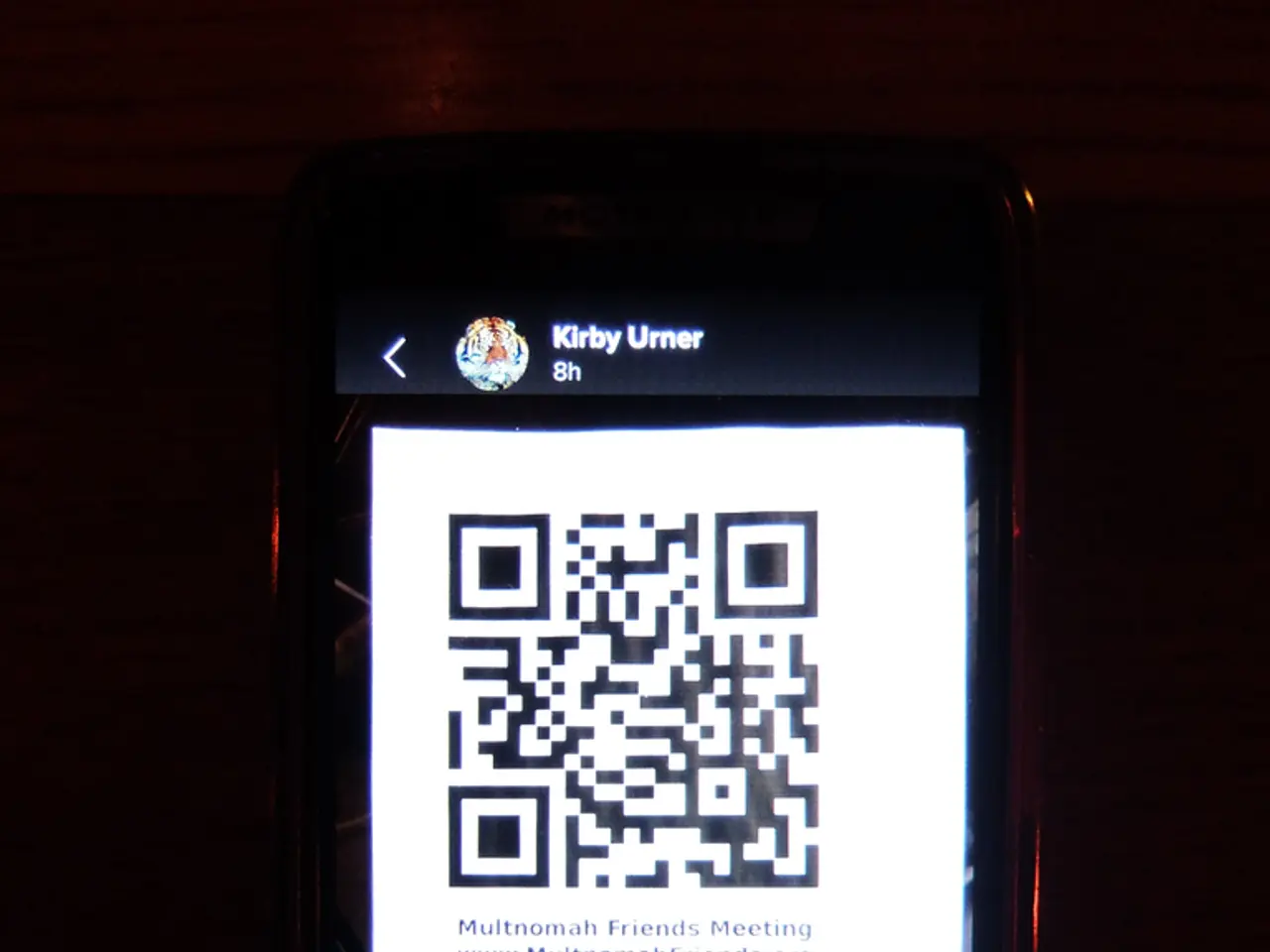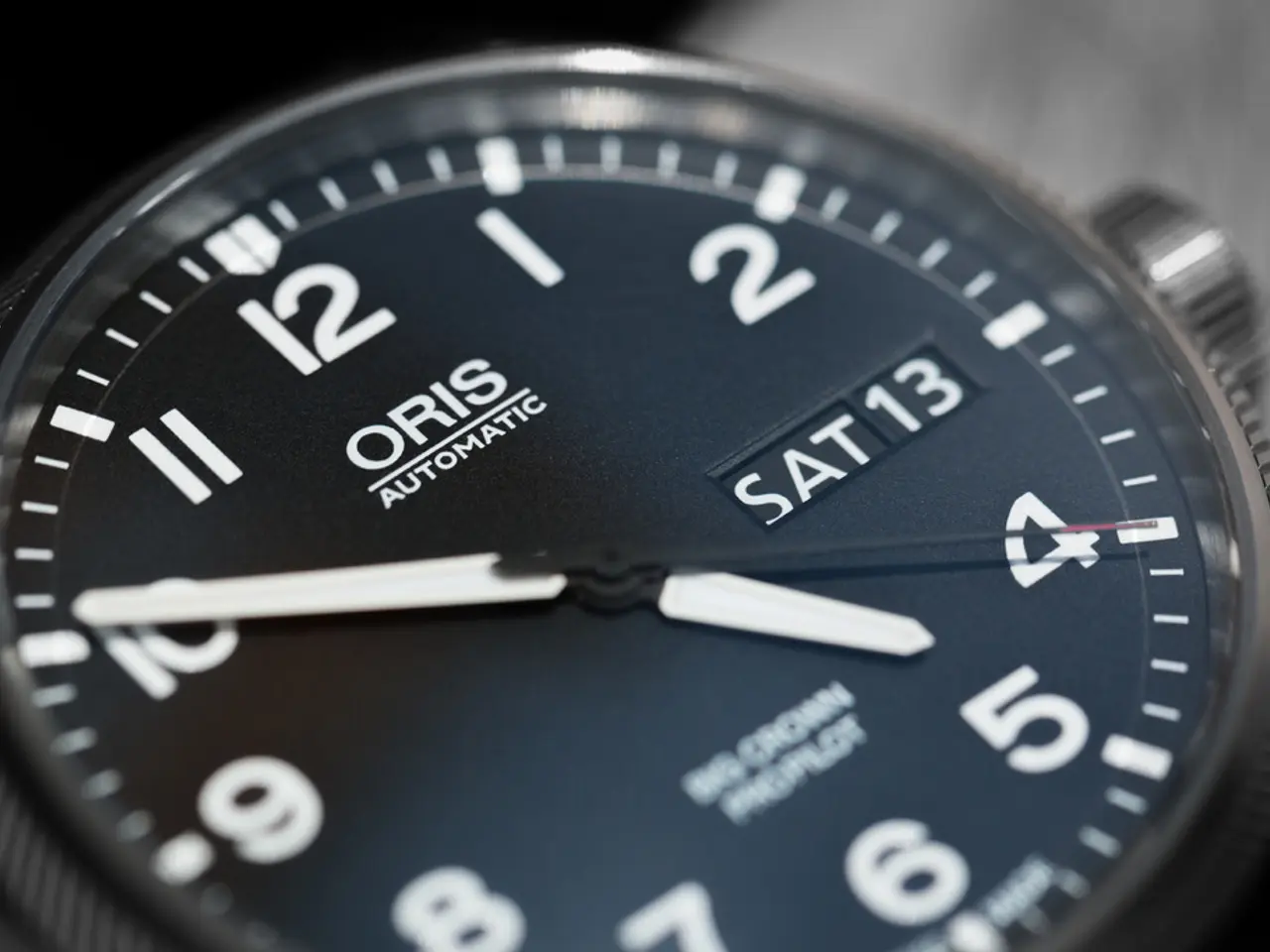When and for whom is a Q-Sub needed?
In the world of medical device development, navigating the complex regulatory landscape can be challenging. Two key tools that aid developers in this journey are Pre-Submissions and Q-Submissions, both part of the FDA's Q-Submission program.
The Q-Submission program, a voluntary framework established by the FDA, serves as a platform for medical device sponsors to engage with the agency at various stages. It offers multiple types of meeting requests and feedback opportunities before or during regulatory submissions. The program has expanded beyond its original scope to include different submission types such as Pre-Submissions, Submission Issue Requests, Study Risk Determinations, Informational meetings, and others.
Pre-Submissions, a specific kind of Q-Sub, are focused on obtaining FDA feedback on specific topics before submitting a formal application like a 510(k), De Novo, or PMA. This allows manufacturers to request written feedback, face-to-face meetings, or teleconferences with the FDA. The Pre-Sub is often used to clarify data requirements, discuss study protocols, or get input on regulatory pathways.
In essence, all Pre-Submissions are Q-Submissions, but not all Q-Submissions are Pre-Submissions. The Q-Sub program is the umbrella process formalized to streamline and expand interactions between the FDA and device sponsors during development and review phases. The Pre-Sub remains a vital tool within Q-Sub for early feedback on submissions such as 510(k)s.
Effective preparation for a Q-Submission includes identifying key issues, being clear, concise, and logical, and seeking a review of the submission by someone outside the team. The FDA reviews Pre-Submission meeting applications within 15 days and provides a notification if it is rejected, allowing for a Q-Submission Amendment.
Examples of Pre-Submissions improving the medical device development process are numerous. A digital health company sought FDA feedback on its clinical development plan, resulting in a successful premarket approval for their device. Another company submitted a Q-Submission to improve the device's user interface.
The Q-Sub program is not mandatory but can provide developers with valuable information that can streamline their submission and overall development process. Meeting minutes must be created and submitted within 15 days of the meeting, with revisions possible within 30 days if necessary.
The Pre-Submission program enables medical device and in vitro diagnostic (IVD) manufacturers to request feedback from FDA experts on various aspects of the regulatory process. Contacting the FDA before starting testing and selecting a predicate can help better understand what data is needed for approval/clearance.
For Class II medical devices, choosing a predicate device is often linked to the testing plan, which is usually based on the testing done on the selected predicate. The FDA assigns a project manager (PM) to device sponsors during the Q-Submission process. The Q-Submission meeting timeline with the FDA can exceed 60 days.
Submitting a Pre-Submission for a product that has already undergone testing can still be beneficial as it allows for presenting complex data or conclusions to the FDA before a full submission review. A Q-Submission is beneficial before initiating expensive and laborious aspects of product development, such as bench, animal, and clinical testing.
In summary, Pre-Submissions and Q-Submissions are essential tools for medical device developers, providing early feedback and streamlining the regulatory process. By understanding these tools and preparing effectively, developers can navigate the regulatory landscape more efficiently and bring innovative medical devices to market more quickly.
- In the medical device development process, Pre-Submissions are utilized to obtain FDA feedback on specific topics before submitting a formal application, such as a 510(k), De Novo, or PMA.
- The Q-Submission program, an FDA-established voluntary framework, offers multiple types of meeting requests and feedback opportunities during regulatory submissions related to medical devices, digital health, and therapies and treatments.
- Clinical trials for medical devices can be improved through Q-Submissions, as a digital health company did when they sought FDA feedback on their clinical development plan, ultimately leading to a successful premarket approval for their device.
- For Class II medical devices, choosing a predicate device is often linked to the testing plan, which can be better understood with the help of Pre-Submissions as it allows for contacting FDA experts before starting testing and selecting a predicate.
- Effective preparation for a Pre-Submission includes identifying key issues, being clear, concise, and logical, and seeking a review of the submission by someone outside the team to ensure all medical, science, and health-and-wellness aspects are addressed during product development.




